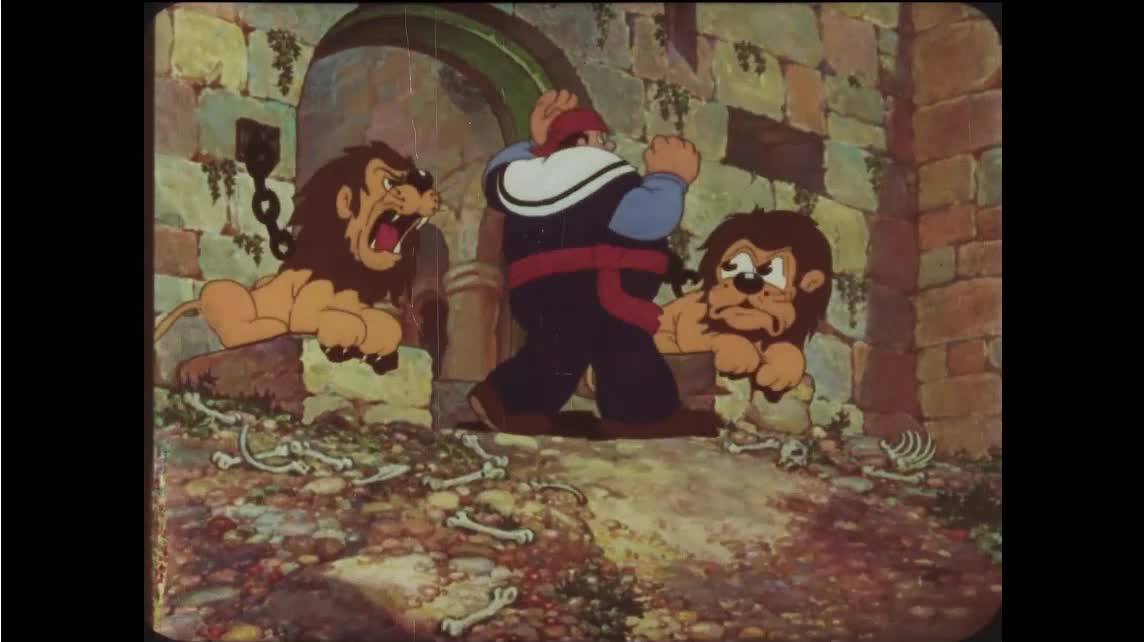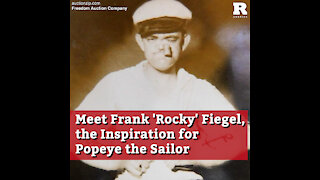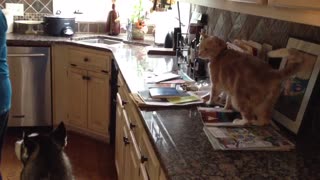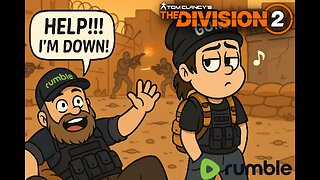Premium Only Content

Popeye the Sailor Meets Sindbad the Sailor c.1936 : First American animated "feature" film
Popeye the Sailor Man made his animated debut in a 1933 Betty Boop short named after him and quickly became Fleischer Studios’ star attraction. The naval pugilist with forearms the size of watermelon had originated from E.C Segar’s daily comic strip Thimble Theatre, where he was only supposed to make a one-off appearance. By the mid-1930s Popeye was the most popular character in America, so it only made sense that Paramount Pictures would push Max Fleischer to produce a more ambitious short starring the spinach chomping strong man.
Popeye the Sailor Meets Sindbad the Sailor was the first Popeye cartoon made in Technicolor as well as the first American animated film to be billed as a feature (running over 16 minutes, it took up two reels), and it is where the Fleischer brothers’ “setback process” was showcased to its full potential.
The Fleischers’ studio had been behind a number of inventions that helped innovate animation during the mediums early years, but arguably none were more remarkable than the process invented by John Burks. First used in the 1936 Popeye short, For Better or Worser, the process gave off the illusion that two-dimensional characters were able to maneuver in a three-dimensional space. Over 80 years after its premiere, the process is still effective, the illusion not aging a day.
A vital influence on Ray Harryhausen, who made a Sinbad film of his own, the process would be used for a handful of other shorts and one feature, its heights remaining with Sindbad and its follow up Popeye the Sailor Meets Ali Baba’s Forty Thieves. The pair would be the grandest cartoons Fleischer ever produced — until they began work on the adventures of a mild-mannered reporter from Metropolis.
https://www.vulture.com/article/most-influential-best-scenes-animation-history.html
-
 0:33
0:33
KKosk71
4 years agoLuna Meets snow for first time
62 -
 2:59
2:59
niknokthedog
4 years ago $0.06 earnedDog meets goat for the first time
157 -
 1:57
1:57
WCPO
4 years agoDumas becomes first African American commission president
1081 -
 0:35
0:35
TerrysTrainsDownunder
4 years agoAmerican Flyer 401 first run on the layout
712 -
 0:58
0:58
Rare
4 years agoMeet Frank 'Rocky' Fiegel, the Inspiration for Popeye the Sailor
67.1K1 -
 2:16
2:16
WXYZ
4 years agoInside the African American Vote preview: First voting experience
476 -
 2:33
2:33
Llozano
4 years ago $0.03 earnedPuppy meets frog for first time.
1542 -
 0:28
0:28
ScottPBenn
4 years ago $0.33 earnedHusky Meets Cat for First Time
954 -
 2:08:34
2:08:34
Mally_Mouse
1 day agoFriend Friday!! - Let's Play! - Minecraft
14.4K -
 LIVE
LIVE
Gore TV
3 hours ago💀 STAY DOWN, BRO 🤣 | Vapingamers Needs a Rez… Again 😏
154 watching